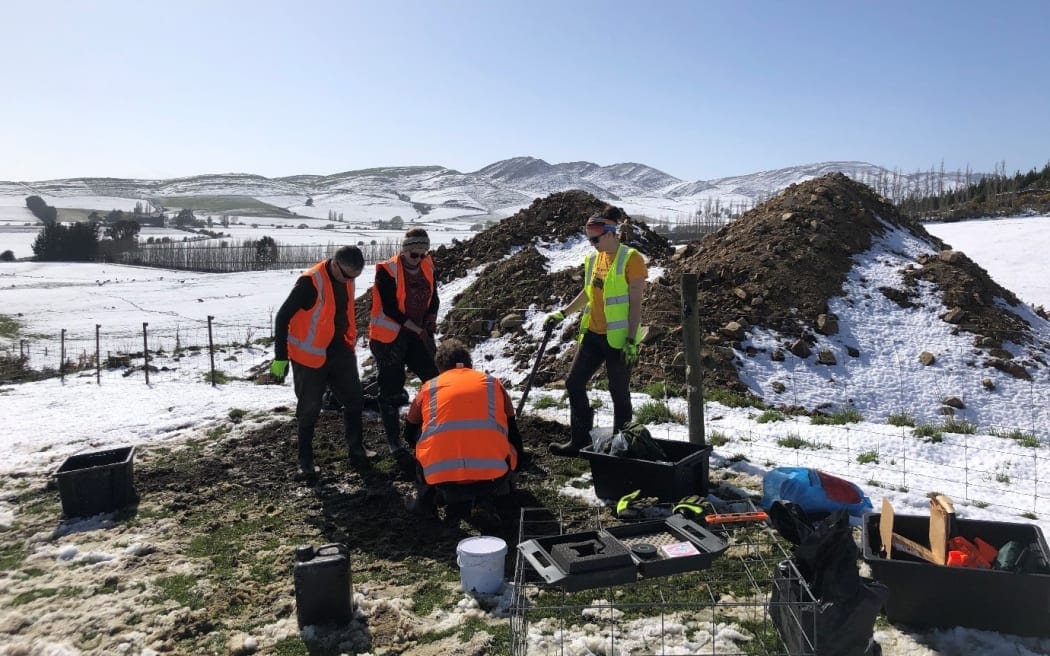- Researchers recorded earthquakes as deep as 40km in Southland's continental crust.
- Study revealed unusually deep seismic activity due to unique crust composition with iron-rich minerals.
- Findings improve understanding of hidden faults and future earthquake risks in Southland.
University of Otago researchers have detected earthquakes as deep as 40 kilometres beneath Southland, revealing hidden faults in a region previously thought to have minimal seismic activity. The study was conducted in collaboration with GNS Science.
To gather data, scientists installed 19 temporary seismometers across Southland alongside GeoNet’s permanent network, monitoring activity for a year. This enhanced setup allowed researchers to pinpoint the location of seismic events with greater accuracy.
Lead researcher Dr Jack Williams explained, “Southland is a gap in our understanding of New Zealand's faults, but that doesn't mean they aren't there and can't cause damage. What was really striking was the depth of the earthquakes we recorded.”
Typically, earthquakes occur in the cold, brittle continental crust at depths of 15 to 20 kilometres. However, the study found that Southland’s seismically active crust extended to twice this depth.
Using an analogy, Williams compared the crust’s behaviour to plasticine: “When it’s cold and you try to tear it apart, it fractures and breaks. But if you warm it up, it becomes more ductile. Near the surface where it’s cold, earthquakes deform the crust by fracturing it, but deeper down, the crust becomes warmer, more ductile, and less likely to tear apart.”
He added, “With this research, we essentially uncovered an extra-deep layer of the Earth where earthquakes can occur. This is possible in Southland because the lower part of the crust has an unusual composition with iron-rich minerals, making it relatively strong and brittle even at great depths.”
The seismometers detected 85 earthquakes over the year, six times more than the GeoNet network. “Most of these shakes were too small to feel, but they give us hints about where larger earthquakes may occur in the future,” Williams noted.
The researchers also used high-resolution maps of Southland’s ground surface, released by Environment Southland, to identify surface ruptures from ancient earthquakes. “These maps give us important new information about where Southland's fault lines are located,” Williams said.
The findings will contribute to hazard models predicting the likelihood and potential strength of future earthquakes. The research was funded by the Natural Hazards Commission as part of efforts to better understand earthquake risks in traditionally low seismic regions such as Otago and Auckland.


